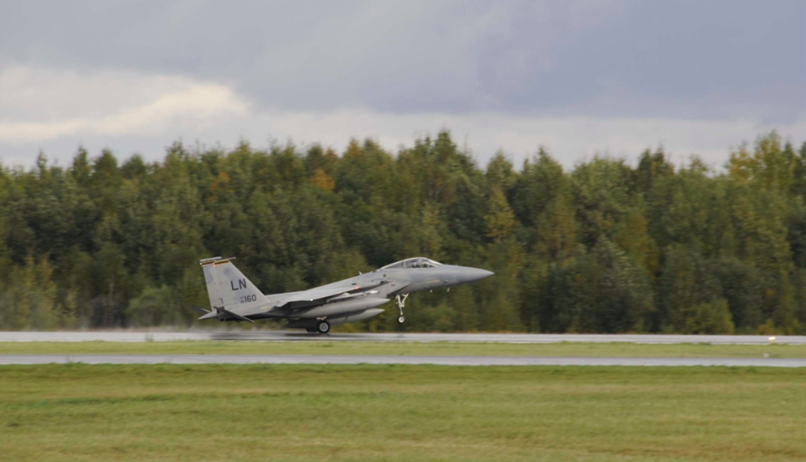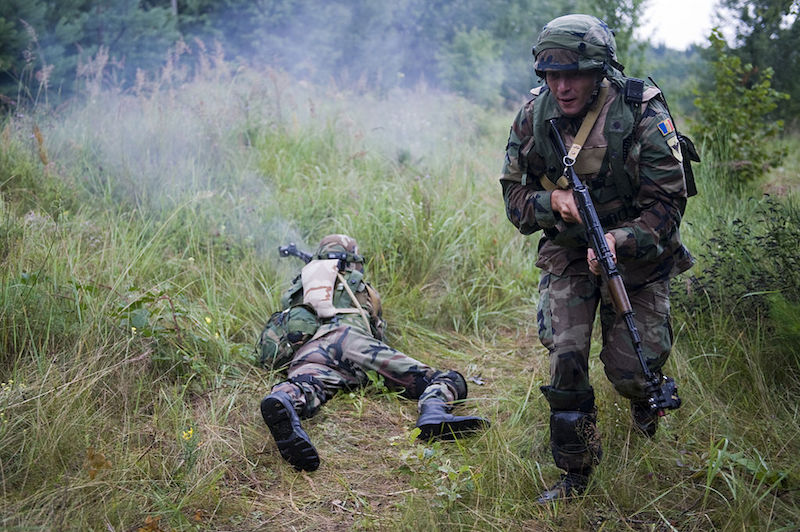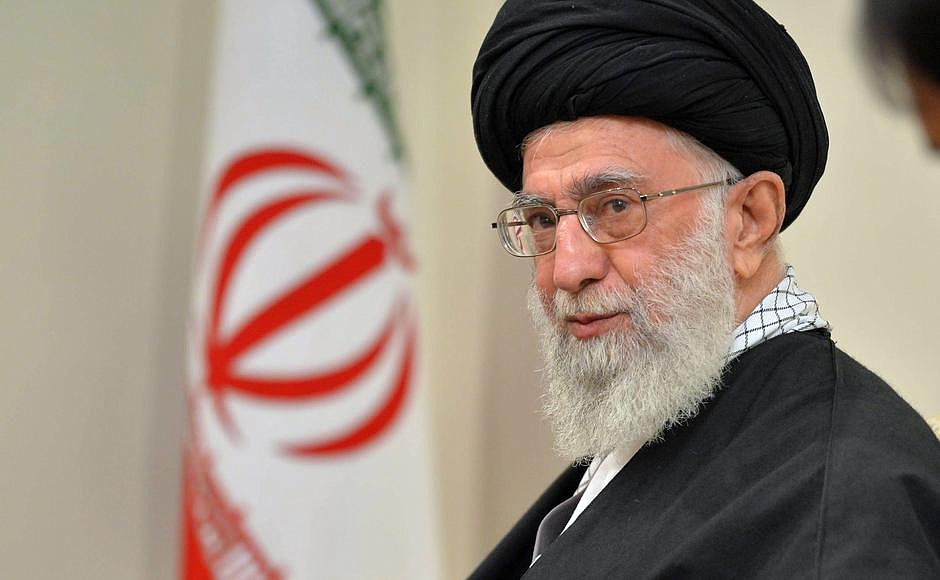Air policing, a peacetime collective defense mission, is a NATO initiative for safeguarding the “integrity of the NATO Alliance Member’s Airspace”. As this initiative is one tied to the founding principles of the NATO treaty, it further binds members together in a defense coalition. Falling in line with the principles of collective security, NATO members are required to contribute to air policing “in one way or another”. This entails the use of national aerial surveillance systems, managing air traffic, the use of interceptor aircraft and more. Patrolling and surveillance missions typically occur 24/7 and missions are carried out under the NATO Integrated Air and Missile Defence System (NATINAMDS).
A standard of airspace security is set for all NATO countries. If, due to unfortunate circumstances, nations do not have the ability to ensure and maintain their own airspace security, agreements are established to ensure that the standards of the Supreme Allied Commander Europe. Not only does air policing respond to military aircraft in distress, but it also regulates and responds to civilian aircraft that do not abide by international flight regulations. Primary oversight is conducted by NATO’s Combined Air Operations Centres (CAOCs), where operations are monitored vigorously.
The British Royal Air Force’s (RAF) squadrons have been deployed regularly to support various NATO air policing missions, with the Baltics being the most recent. Currently, the RAF has placed Typhoon fighter aircraft in Estonia for the NATO Baltic Air Policing mission. RAF Typhoon jets have also been placed at the Ämari Airbase, which has been the designated airbase since 2014, for the next four months in order to secure the Baltic airspace. Apart from the British Air Force, all NATO members contribute to the NATO Air Policing mission in the Baltic region. Responsibility over the region is rotated among members every four months, and air policing has intensified since the 2015 Russia-Ukraine crisis over the annexation of Crimea.
In March 2019, NATO jets have identified and escorted Russian military and transport aircraft six times, who did not contact region air traffic control before flying over the region. For this reason, it’s a common practice for NATO to be escorting and intercepting flights over the Baltic region. Since May 2019, Hungary has taken over the 50th Baltic Air Policing rotation in Šiauliai, Lithuania. The Hungarian Air Force used the JAS-39 Gripen aircraft during their first alert mission. Spain has also agreed to aid the mission by providing F-18 fighter jets. What this shows is that in an age where alliances dictate politics, it is vital for geopolitical interests to be maintained across borders.
Disclaimer: Any views or opinions expressed in articles are solely those of the authors and do not necessarily represent the views of the NATO Association of Canada.
Featured Picture: An F-15 deployed from Royal Air Force Lakenheath lands for the U.S. Air Forces in Europe to assume the NATO Baltic air policing mission in Šiauliai, Lithuania, by Tech. Sgt. J. LaVoie via EUCOM. Licensed under Public Domain.




